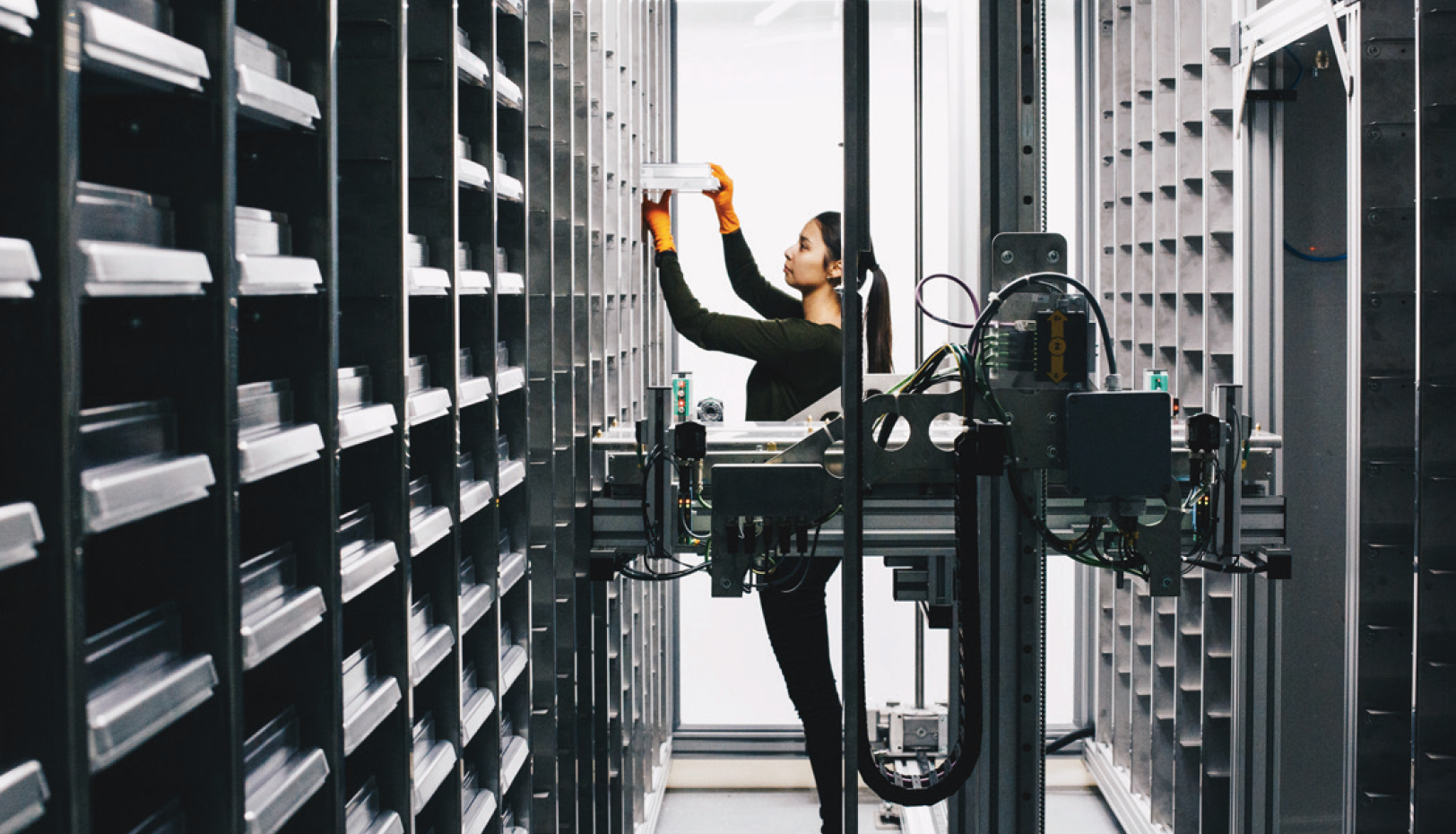GESA – high speed analyzing technology to ensure top-quality sugarbeet seed
Automated image analysis of sugarbeet germination
KWS’ mission is to deliver top-quality seed to its farmers. To achieve this key goal, KWS invests in innovative seed testing technologies. They include a highly specialized robot, tailor-made to the needs of our experts. The robot is able to test the speed at which sugarbeet seed germinates. Called GESA, it combines high speed with great accuracy – ensuring that KWS delivers only high-quality products to the farmer.
GESA stands for Germination Speed Analyzer
After sugarbeet seed has been sown, fast germination is one of its most important quality features and correlates closely with good plant establishment in the field. In several international sugarbeet markets such as France, Sweden, Denmark and Belgium, field emergence speed is even one of the characteristics measured in the offcial trials for variety registration. It is therefore vital for farmers and KWS as a breeder to have sugarbeet varieties that boast strong and fast germination.
KWS has, of course, already conducted germination analyses at its quality laboratory for a long time. Since GESA started “her” work at KWS, the previously manual test has been improved and standardized by this high-tech robot.
GESA has been specially developed for KWS and has been in use since December 2016 in the seed quality testing laboratory at KWS’ German headquarters and production facilities in Einbeck.
A milestone in recording seed quality.
€1.5 million has been invested in the fully automated, robot-aided image analysis system, which consists of an air-conditioned shelf, a robot to convey germination trays, and two cameras to take photos.
Germination of sugarbeet seed in the trays is stimulated under precisely regulated temperature and air humidity conditions for several days and photos are taken at defined intervals of time. About 27,000 seeds per day can be analyzed during the high-peak seed production season from October until March.
Production and Quality
Download
Your contact






